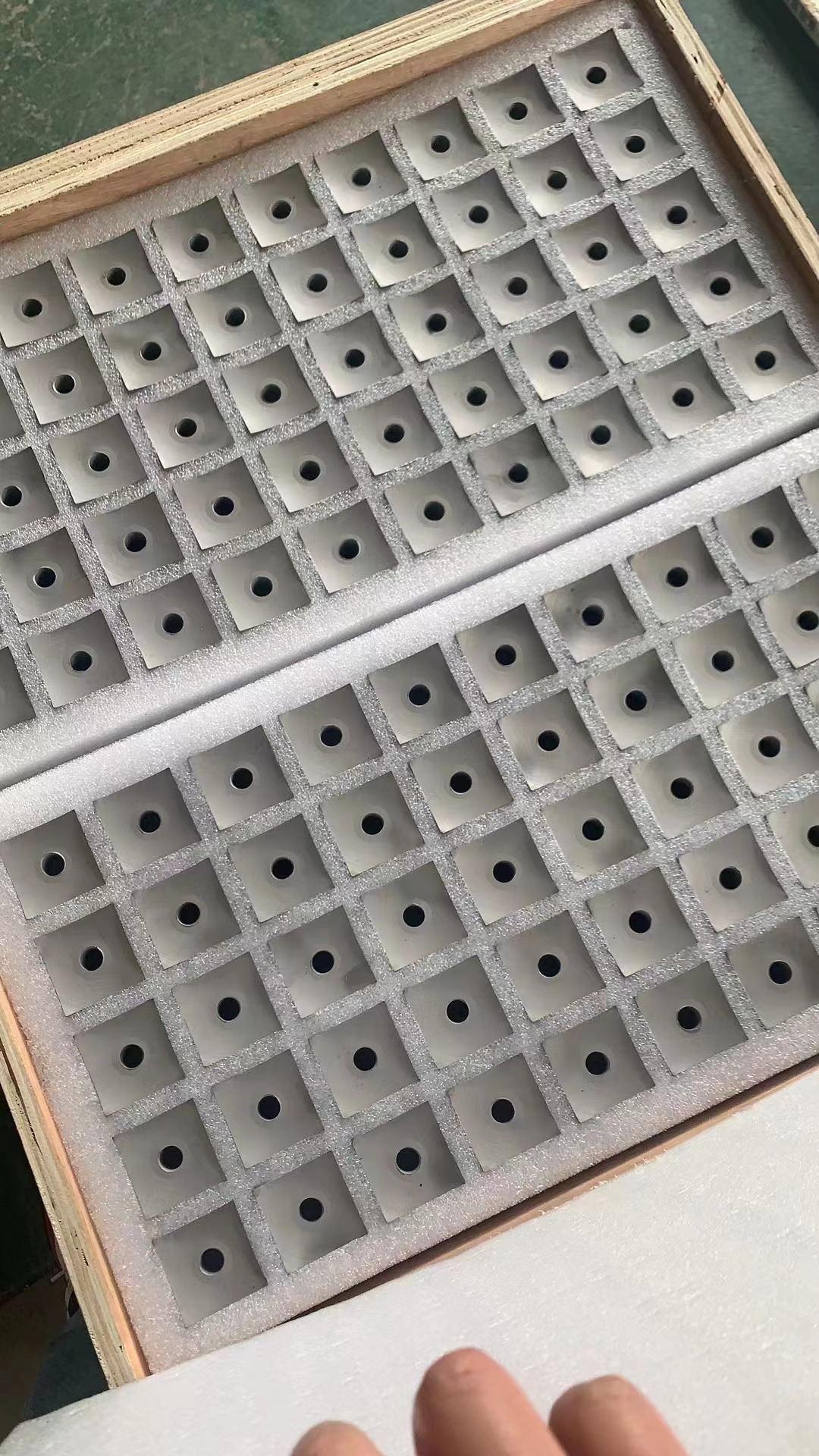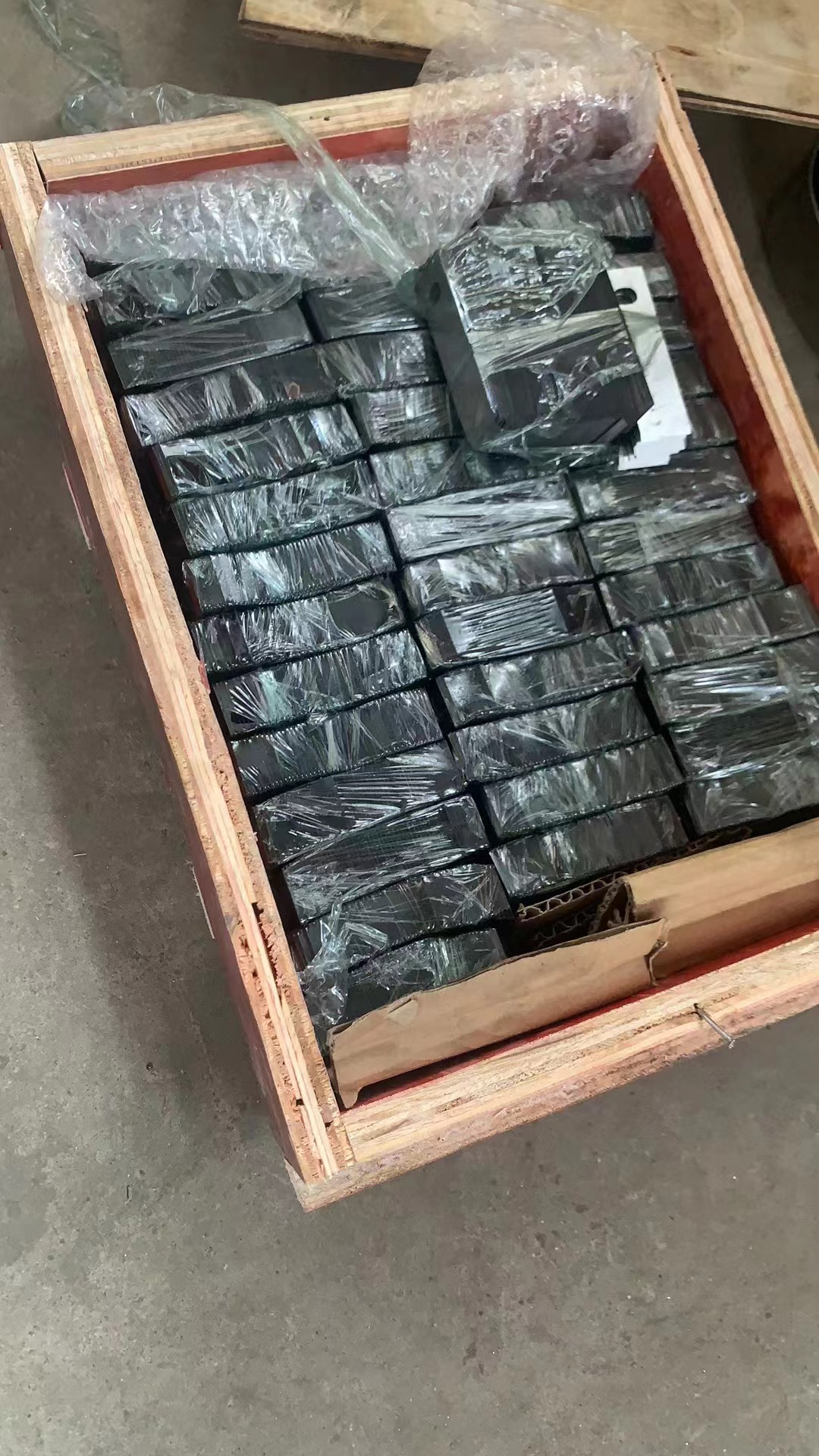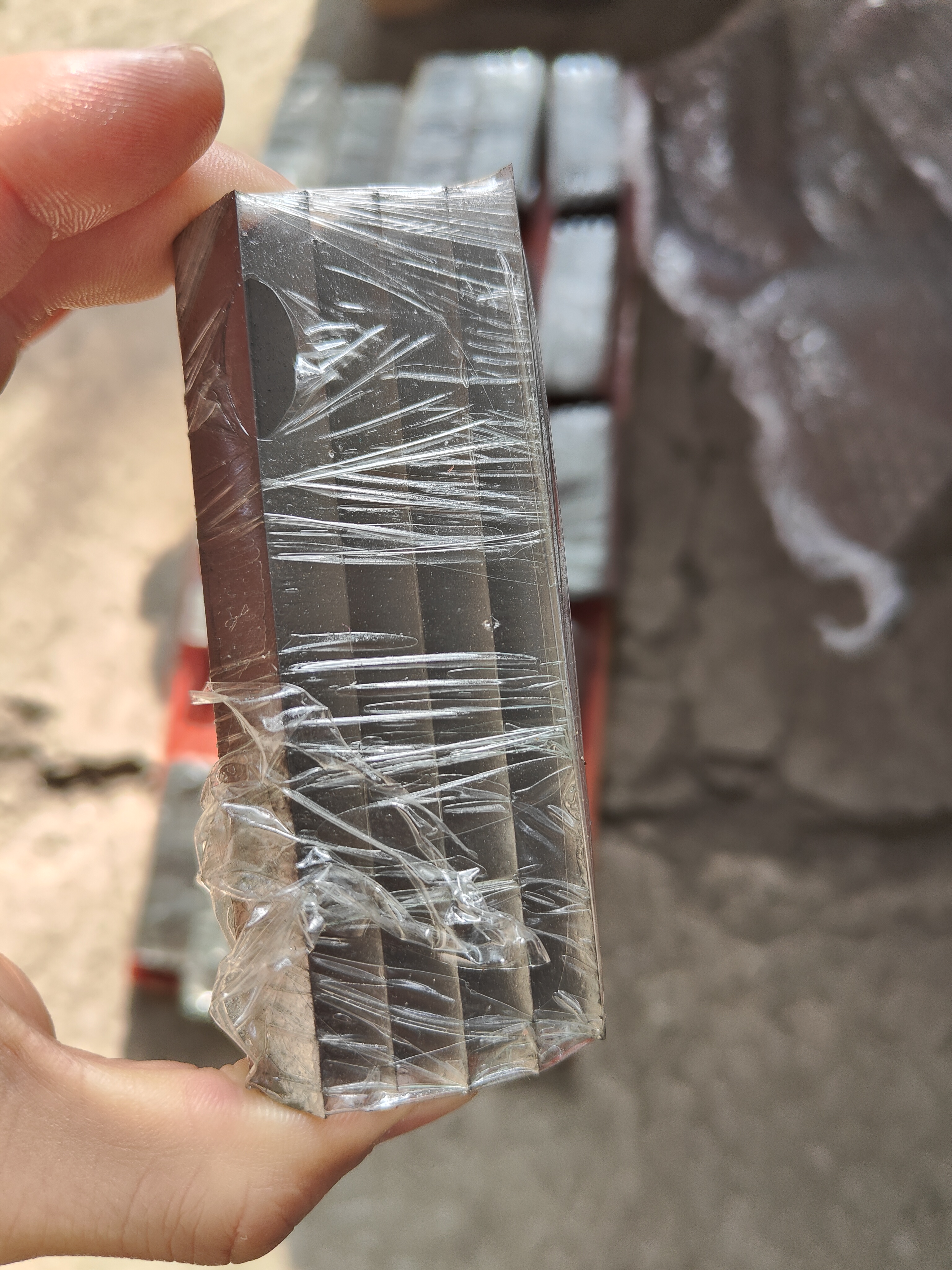Uncovering Industrial Blades: A Sharp Tool for Improving Production Efficiency
In the field of industrial production and processing, a high-quality industrial blade can bring revolutionary changes to your production line. This article will take you deeper into the value of industrial blades and explore how to choose the blade that best suits your production needs.
1、 Types of industrial blades:
Industrial blades are commonly used tools in industrial production and processing. According to different classification standards, industrial blades can be classified into various types.
According to the classification of product application industries, industrial blades can be divided into printing industry blades, paper industry blades, aluminum foil blades, metal film cutting blades, medical blades, automotive care blades, tobacco cutting blades, packaging blades, food blades, film blades, leather blades, rubber cutting blades, chemical fiber/glass fiber blades, textile machinery blades, plastic blades, feed blades, paper pipe machine blades, woodworking blades, forestry machinery blades, etc.
According to the classification of blade materials, industrial blades can be divided into diamond blade, tungsten carbide blade, high-speed steel blade, alloy steel blade, tungsten steel blade, carbon steel blade, manganese steel blade, bearing steel blade, spring steel blade, SKH-51 blade, SKD11 blade, 9CrSi blade, SKS7 blade, SK2 blade, Cr12Mov blade, H13 blade, 9CrSi blade, 6CrW2Si blade, W6Mo5Cr4V2 blade, YG8 blade, YT15 blade, P20 blade, K30 blade, and various blade products processed from imported materials.
In addition, industrial blades can also be classified into circular blades, circular ring blades, elongated blades, arc-shaped blades, serrated blades, trapezoidal blades, waveform blades, serrated blades, circular blades, irregular blades, etc. based on their shape.
2、 Classification of Industrial Blade Materials
- High speed steel (HSS): HSS is a commonly used blade material with good cutting performance and wear resistance. It is suitable for materials with lower hardness in processing, such as wood, plastic, and some metals. However, the hardness of high-speed steel is relatively low and is not suitable for processing high hardness materials.
Tungsten Carbide: Tungsten carbide is a material with extremely high hardness, which has high wear resistance and impact resistance. It is suitable for processing high hardness materials such as metals, hard alloys, and ceramics. Tungsten carbide blades are widely used in industries such as metal processing, wood processing, and mining.
3 Ceramic materials: Ceramic blades have characteristics such as high hardness, high wear resistance, and high thermal stability. They are suitable for high-speed cutting and dry cutting, especially in the fields of processing high-temperature alloys, titanium alloys, and composite materials. However, ceramic blades have high brittleness and poor impact resistance, requiring attention to safety during use.
Diamond: Diamond is the hardest material in nature, with extremely high wear resistance and thermal conductivity. Diamond blades are suitable for ultra precision cutting and grinding, such as semiconductors, optical materials, and glass. However, diamond blades have higher costs and certain requirements for the usage environment.
5 cubic boron nitride (CBN): CBN is an artificially synthesized superhard material with a hardness second only to diamond. It is suitable for processing materials with high hardness and wear resistance, such as high-speed steel, hard alloys, and certain ceramics. Cubic boron nitride blades have a wide range of applications in grinding and cutting fields.
3、 Characteristics and applicable scenarios of blades made of different materials
- High speed steel blade: suitable for processing materials with medium hardness or below, low cost, easy to sharpen and manufacture, but relatively poor wear resistance.
2 tungsten carbide blades: suitable for processing high hardness materials, with good wear resistance and long service life, but high cost and poor impact resistance.
3 ceramic blades: suitable for high-speed cutting and dry cutting, with high hardness and wear resistance, but with high brittleness, attention should be paid to safety during use.
4 diamond blades: suitable for ultra precision cutting and grinding, with extremely high wear resistance and thermal conductivity, but with high cost and certain environmental requirements.
5-cubic boron nitride blade: suitable for processing materials with high hardness and wear resistance, good wear resistance, but also high cost
4、 The Future Development of Industrial Blade Materials
With the continuous progress of technology and the continuous development of industrial production, the research and application of industrial blade materials are also constantly innovating. In the future, industrial blade materials will develop towards higher hardness, better wear resistance, higher thermal stability, and better processing performance.
- New composite materials: In order to overcome the limitations of single materials, researchers are actively exploring new composite materials. These materials combine the advantages of different materials, such as high strength, high hardness, high wear resistance, and good toughness. Through careful design and preparation, new composite materials are expected to bring better comprehensive performance to industrial blades.
2 nanotechnology: The application of nanotechnology provides new avenues for the research and development of industrial blade materials. Nanomaterials have excellent mechanical properties and thermal stability. By introducing nanoparticles or nanostructures into blade materials, the wear resistance, hardness, and impact resistance of blades can be significantly improved.
3 Coating technology: Coating technology is an effective method to improve the performance of industrial blades. By coating the surface of the blade with materials with excellent performance, such as diamond, tungsten carbide, or ceramics, the wear resistance, hardness, and thermal conductivity of the blade can be significantly improved. With the continuous progress of coating technology, more innovative coating materials and technologies will emerge in the future.
- Intelligent Manufacturing and Customization: The development of intelligent manufacturing technology provides more possibilities for the manufacturing of industrial blades. Through digital, automated, and intelligent production methods, customized manufacturing of blades can be achieved to meet different production scenarios and needs. In addition, intelligent manufacturing can improve production efficiency, reduce production costs, and optimize supply chain management.
5、 Maintenance and upkeep of industrial blade materials
Industrial blades will gradually wear out and even fail due to factors such as friction, cutting heat, and working environment during use. Therefore, proper maintenance and upkeep are crucial for extending the service life of blades and improving production efficiency.
one
- Regular cleaning: Before and after use, ensure that the surface of the blade is clean to avoid residues, oil stains, and impurities adhering to the blade, which may affect the cutting effect and blade life.
- Reasonable storage: Blades should be stored in a dry, ventilated, and corrosion-free environment to avoid moisture, rust, and corrosion. Meanwhile, avoid contact between the blade and hard objects to avoid scratches or damage.
- Regular inspection: Regularly inspect the appearance of blades for wear, cracks, and deformation, as well as perform performance tests for hardness and sharpness. Once abnormalities are found, they should be dealt with or replaced promptly.
- Correct installation and debugging: When installing the blade, ensure that the fit between the blade and the tool holder is tight and smooth, and avoid vibration and wear caused by improper installation. In addition, when debugging the equipment, parameters such as cutting speed and feed rate should be reasonably set based on material hardness and cutting conditions to avoid excessive wear and damage to the blade.
- Reasonable use and operation: When using blades, operating procedures should be followed to avoid adverse factors such as excessive cutting, impact, and vibration. At the same time, according to different processing materials and cutting conditions, select appropriate blade types and materials to ensure cutting effectiveness and production efficiency.
6、 Safe use of industrial blades
When using industrial blades, safety always comes first. Incorrect operation or negligence may result in serious personal injury and property damage. Therefore, the following safety usage recommendations should be strictly followed:
- Personal protective measures: When operating industrial blades, workers should wear appropriate personal protective equipment, such as safety glasses, protective gloves, and protective clothing. Avoid wearing loose or easily entangled clothing to prevent being caught by blades.
2 Blade replacement and disposal: When replacing blades, ensure that the equipment has completely stopped running and use specialized tools for replacement. Abandoned blades should be safely disposed of in accordance with relevant regulations to avoid environmental pollution.
- Operation specifications: Follow the equipment operation manual and process requirements to avoid excessive force or rapid movement of the blade, in order to reduce the risk of accidents. During the processing, attention should be kept focused to avoid distractions or fatigue during operations.
4 Emergency response measures: In case of blade breakage, jamming or other emergency situations, the equipment power should be immediately turned off and appropriate emergency measures should be taken, such as using the emergency stop button or initiating emergency evacuation procedures.
- Training and Education: Regularly provide safety training and education to operators to enhance their awareness and awareness of the safe use of industrial blades. Ensure that operators are familiar with equipment performance, blade characteristics, and safety operating procedures.
7、 Market Trends and Prospects of Industrial Blades
With the rapid development and transformation of the global manufacturing industry, the market demand for industrial blades, as a key processing tool, will continue to grow. In the future, the industrial blade market will present the following trends:
- High end and Intelligence: With the increasing demand for machining accuracy and efficiency in the manufacturing industry, high-end and intelligent industrial blades will gradually become the mainstream in the market. These blades have higher hardness, wear resistance, and stability, enabling more precise cutting and machining.
- Customization and Personalization: With the diversification of manufacturing and the increasing demand for personalization, customized and personalized industrial blades will gradually become a new demand in the market. Enterprises need to provide customized blade solutions based on the specific needs of customers to meet the needs of different application scenarios.
- Environmental Protection and Sustainable Development: With the increasing global environmental awareness, the production and use of industrial blades will pay more attention to environmental protection and sustainable development. In the future, environmentally friendly materials, low-carbon manufacturing, and recycling will become important development directions for the industrial blade industry.
In summary, as a key tool in the manufacturing industry, the selection, maintenance, and safe use of industrial blades are of great significance for improving production efficiency and reducing production costs. With the continuous progress of technology and changes in market demand, the industrial blade industry will face more development opportunities and challenges. We look forward to industrial blades playing a greater role in the manufacturing industry in the future and making greater contributions to the development of the global economy.



